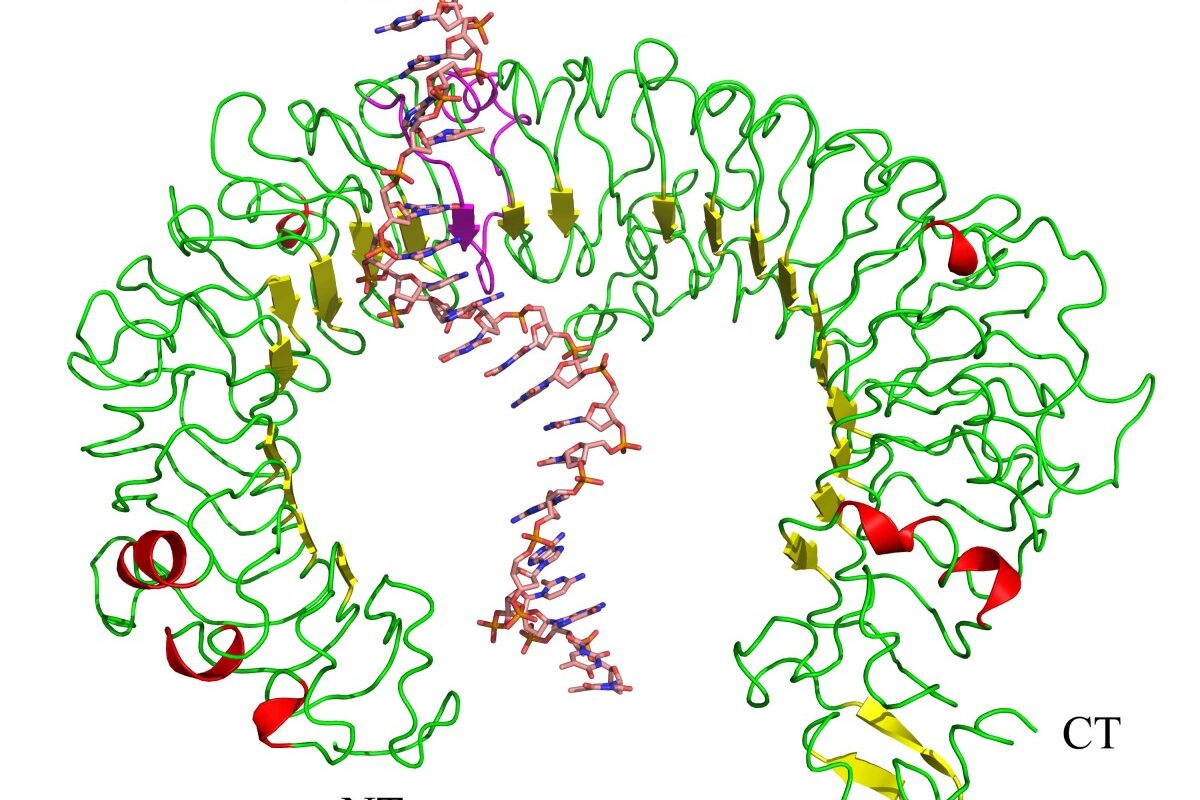CpG oligodeoxynucleotides (CpG ODN) are synthetic DNA molecules that mimic the effects of bacterial and viral DNA on the human immune system. They have received significant interest from the medical community as a potential immunotherapy against cancer and other diseases.
What are CpG ODNs?
CpG ODNs get their name from the presence of cytosine and guanine nucleotides linked by a phosphodiester bond (CpG dinucleotide). In bacterial and viral DNA, these CpG dinucleotides are common and help alert the immune system of an infection. However, in mammalian genomes, CpG dinucleotides are suppressed as they may trigger autoimmunity.
When the immune system detects unmethylated CpG dinucleotides in bacterial/viral DNA, it recognizes them as a danger signal and mounts an immune response. Specifically, CpG DNA binds to Toll-like receptor 9 (TLR9) on immune cells like B-cells and dendritic cells, leading to their activation. This activation drives the production of pro-inflammatory cytokines and initializes both innate and adaptive immune responses against infections.
CpG ODN mimicry
Synthetic CpG Oligodeoxynucleotide are designed in laboratories to closely resemble bacterial/viral DNA in sequence and structure but are non-replicating. When introduced into the body, CpG ODNs activate the immune system through TLR9 in a similar way as infectious DNA. Even though non-pathogenic themselves, CpG ODNs boost anti-tumor immunity and promote an inflammatory reaction against cancer cells.
Mechanism of action
Upon binding to TLR9, CpG ODNs trigger a signaling cascade that results in the activation and maturation of various immune cell types. Dendritic cells respond strongly by releasing cytokines like IL-12, IFN-α and TNF-α. B-cells proliferate rapidly and secrete antibodies. Natural killer (NK) cells are also activated. These stimulated cells can directly attack tumor cells or promote tumor antigen presentation and an adaptive immune response.
Clinical trials for cancer treatment
Due to their immune-stimulating properties, CpG ODNs have been extensively studied in clinical trials as a potential cancer immunotherapy either alone or in combination with other treatments. In Phase I/II studies, CpG ODNs showed promising anti-tumor activity against various cancers including melanoma, lymphoma, kidney cancer, lung cancer, colorectal cancer, and others when administered both as monotherapy and along with chemotherapy or other immunotherapies. Some key findings:
– Melanoma study: Intravenous CpG ODN doubled the median survival time compared to the control group.
– Lymphoma study: Adding CpG ODN to chemotherapy improved median overall survival by three months versus chemotherapy alone.
– Kidney cancer study: CpG ODN therapy stabilized disease in 80% of participants lasting over 6 months.
– Lung cancer study: Combining CpG ODN with chemotherapy extended median progression-free survival by two months versus chemotherapy alone.
Larger Phase III trials are currently underway to determine survival benefits and establish CpG ODNs as a standard treatment option. So far results are indicative of a favorable safety profile at effective doses with flu-like symptoms as the most common side effect.
Tailoring CpG ODNs for better responses
While remarkable progress has been made, further optimization of CpG ODN design and delivery may improve their therapeutic potential. Researchers are investigating modifications like altering CpG motif sequences, backbone structure, length and incorporating tumor-targeting moieties to maximize immune activation and antigen release specifically at tumor sites. Combinations with checkpoint inhibitors are also being explored.
With a deeper understanding of immune mechanisms, researchers hope to customize CpG ODN therapies for each cancer type, stage and patient to harness the full power of this immune activating approach. Certain modifications have shown increased cytokine production, NK cell and T cell responses in preclinical models paving way for enhanced clinical efficacy.
*Note:
1. Source: Coherent Market Insights, Public sources, Desk research
2. We have leveraged AI tools to mine information and compile it


